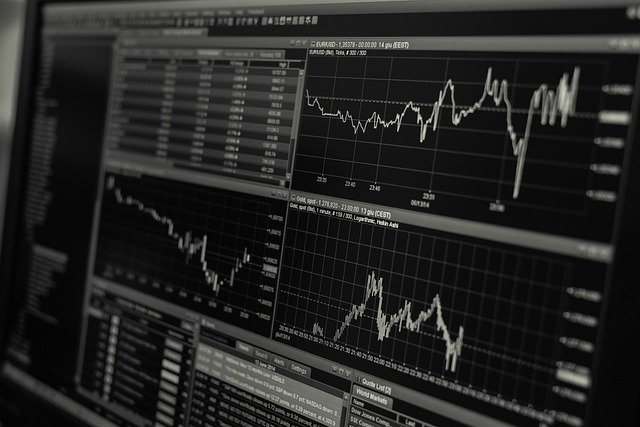Learn to Use Trading Indicators Without Capital in 2025
Many new traders want to learn how to use trading indicators but worry about losing money. The good news? You can practice real trading strategies without using capital at all by trading on demo platforms. These demo accounts simulate real market conditions and allow you to analyze charts, test indicators, and build strategies risk-free.

Trading indicators serve as mathematical calculations based on price, volume, or open interest data that help traders identify potential market movements and entry or exit points. These powerful analytical tools transform raw market data into visual representations, making it easier for both novice and experienced traders to interpret market conditions and develop effective trading strategies.
Understanding Trading Indicators
Trading indicators fall into several categories, each serving specific analytical purposes. Trend indicators like moving averages help identify market direction, while oscillators such as RSI and MACD reveal overbought or oversold conditions. Volume indicators measure trading activity strength, and volatility indicators assess price movement intensity. Learning to interpret these signals correctly requires understanding their mathematical foundations and practical applications. Most indicators work best when combined with other analytical tools rather than used in isolation, creating a comprehensive trading approach that considers multiple market factors.
Getting Started: Trade Using Demo Software (No Capital Needed)
Demo trading platforms provide the perfect environment for learning indicator applications without financial risk. These simulation environments use real-time market data while allowing traders to practice with virtual money, typically ranging from $10,000 to $100,000 in paper trading funds. The key advantage lies in experiencing actual market conditions while developing skills and confidence. Most demo accounts offer identical features to live trading platforms, including advanced charting tools, technical indicators, and order execution capabilities. This hands-on approach enables traders to test various indicator combinations and develop personalized trading strategies through trial and error.
Choosing the Best Demo Trading Platform
Selecting an appropriate demo platform requires evaluating several critical factors. The platform should offer comprehensive charting capabilities with a wide range of built-in indicators, real-time data feeds, and user-friendly interfaces. Consider platforms that provide educational resources, tutorials, and market analysis tools alongside their demo trading features. Account duration varies significantly, with some platforms offering unlimited demo access while others impose time restrictions. Additionally, ensure the platform supports multiple asset classes if you plan to trade stocks, forex, commodities, or cryptocurrencies, as different markets may require specialized indicator applications.
Top Demo Trading Apps for Practicing Indicators
Several reputable platforms excel in providing comprehensive demo trading experiences for indicator practice. Mobile accessibility has become increasingly important, allowing traders to monitor markets and practice strategies on-the-go. When evaluating demo apps, prioritize those offering extensive indicator libraries, customizable chart layouts, and paper trading capabilities that mirror real market conditions.
| Platform | Key Features | Indicator Library | Account Duration |
|---|---|---|---|
| MetaTrader 4/5 | Advanced charting, Expert Advisors | 50+ built-in indicators | Unlimited |
| TradingView | Social trading, Pine Script | 100+ indicators | Free with limitations |
| TD Ameritrade thinkorswim | Professional-grade tools | Extensive library | Unlimited |
| eToro | Social copy trading | Standard indicators | Unlimited |
| Plus500 | User-friendly interface | Essential indicators | Unlimited |
Learn to Trade Indicators: Free Resources
Numerous educational resources complement demo trading practice, accelerating the learning process. Online courses, webinars, and tutorials provide structured learning paths covering indicator theory and practical applications. Many brokers offer comprehensive educational centers with video libraries, articles, and interactive lessons specifically focused on technical analysis. YouTube channels, trading forums, and educational websites provide additional perspectives and real-world examples. Books on technical analysis remain valuable resources for in-depth understanding of indicator mathematics and historical market applications. Combining theoretical knowledge with practical demo trading creates a solid foundation for indicator mastery.
Mastering trading indicators through demo platforms offers a risk-free pathway to developing essential market analysis skills. The combination of theoretical education and practical application in simulated environments provides comprehensive preparation for eventual live trading. Remember that successful indicator usage requires patience, consistent practice, and continuous learning as market conditions evolve. Start with basic indicators, gradually incorporating more complex tools as your understanding deepens, and always maintain realistic expectations about indicator limitations and market unpredictability.



